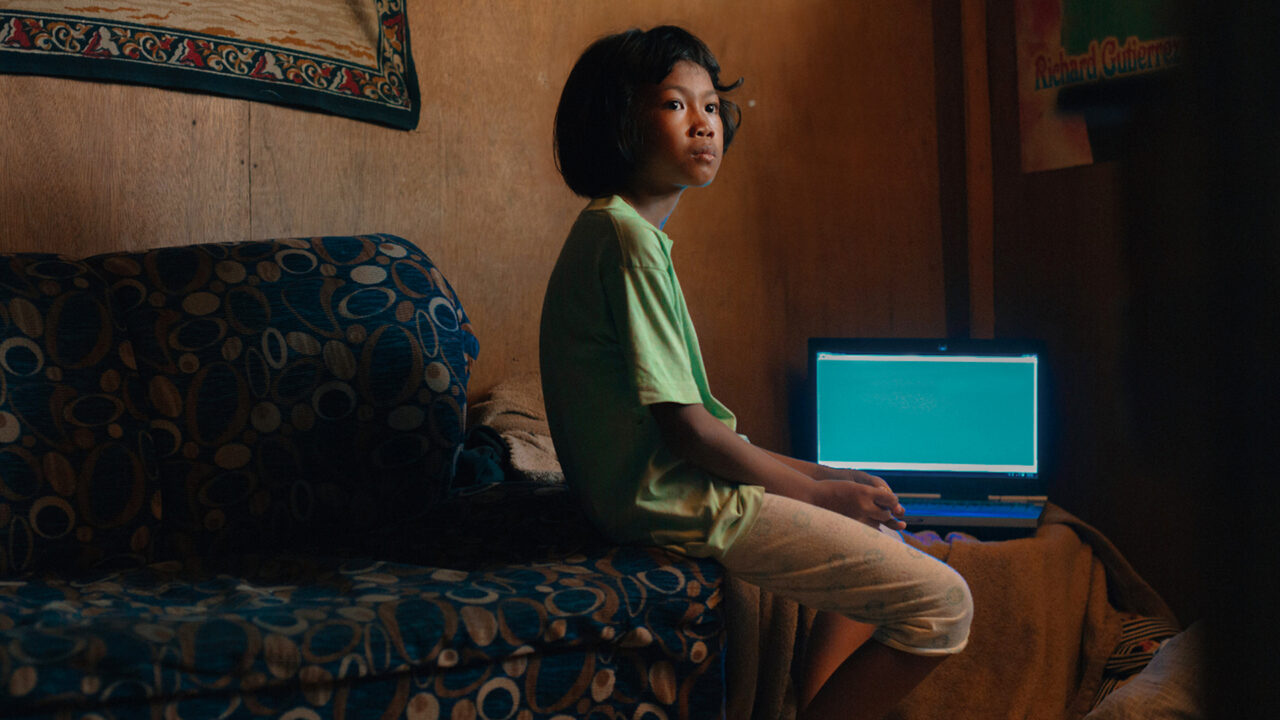
NGOCSTIP – Global solutions to eradicate human trafficking are essential in the fight against one of the most significant human rights violations in modern times. Human trafficking affects millions of men, women, and children worldwide, forcing them into labor, sexual exploitation, and slavery. Tackling this issue requires coordinated efforts, innovative technologies, and strong international partnerships to prevent trafficking, protect victims, and prosecute perpetrators. These solutions focus on raising awareness, strengthening laws, and providing critical support to survivors, making it possible to dismantle trafficking networks and prevent future exploitation.
Through a variety of innovative and collaborative approaches, governments, NGOs, and private companies are working together to combat this issue and restore freedom to victims of trafficking across the globe.
Global solutions to human trafficking rely heavily on international collaboration. Countries across the world must work together to create effective strategies. Multilateral agreements and partnerships, such as the United Nations Convention against Transnational Organized Crime, aim to strengthen cooperation among governments. These partnerships allow countries to share information, conduct joint investigations, and assist in the prosecution of traffickers across borders.
The role of non-governmental organizations (NGOs) and community groups is also critical. These organizations provide resources and support for victims, raise awareness, and advocate for stronger policies. Global efforts to eradicate trafficking can only succeed when governments, international organizations, and grassroots communities collaborate effectively.
“Read about: Tina’s Triumph: Rising Above the Trauma of Human Trafficking”
Technological advancements have provided new tools for tracking, identifying, and preventing human trafficking. One such tool is artificial intelligence (AI), which can analyze patterns and detect trafficking activities. AI-based systems help law enforcement agencies identify potential trafficking networks, monitor online activity, and track suspicious transactions.
Additionally, blockchain technology is being explored as a way to improve the transparency of supply chains. By ensuring that every step in the production process is traceable, blockchain can reduce the likelihood of trafficked labor being used in various industries. Companies are increasingly adopting these technologies to ensure their supply chains remain free of forced labor.
Education plays a critical role in eradicating human trafficking. Awareness campaigns aim to inform the public about the signs of trafficking and the actions they can take if they suspect someone is a victim. Schools, universities, and community groups are partnering with experts to educate students and local populations about the dangers of trafficking.
Furthermore, awareness campaigns target high-risk groups, such as migrants, refugees, and individuals living in poverty. By informing these vulnerable communities about the risks of trafficking, it becomes easier to prevent exploitation before it occurs.
In addition to collaboration and technology, stronger legislation and penalties for traffickers are essential. Many countries are updating their laws to ensure traffickers are prosecuted and held accountable. Countries are working to implement stricter penalties, such as life sentences or increased fines, for individuals convicted of trafficking crimes.
Governments are also focusing on the prosecution of demand-driven industries that rely on exploitative labor. These include industries like agriculture, construction, and sex work, which often involve trafficked individuals. By addressing the root causes of trafficking within these sectors, it is possible to disrupt traffickers’ business models.
While prevention is critical, providing support to trafficking victims is equally important. Programs aimed at supporting survivors focus on immediate safety, long-term recovery, and reintegration into society. These services include legal aid, psychological counseling, and vocational training.
Rehabilitation programs help survivors regain their dignity and independence, giving them the tools to rebuild their lives. By offering a comprehensive approach to victim support, these programs ensure that survivors are not re-victimized or left behind.
“Read more: Pendred Syndrome: A Rare Genetic Disorder Affecting Children’s Hearing”
Global solutions to eradicate human trafficking require a collaborative approach, and public-private partnerships are essential in this fight. Corporations, especially in industries prone to exploitation, must take responsibility for ensuring their supply chains are free from trafficking. As businesses face increasing scrutiny, they are being held accountable for unethical practices, including the use of trafficked labor.
To combat this issue, companies are adopting fair labor practices, conducting regular audits, and improving working conditions for their employees. These actions contribute to global solutions to eradicate human trafficking, making it more difficult for traffickers to exploit vulnerable workers. Through these efforts, businesses can play a pivotal role in ending human trafficking and promoting ethical practices worldwide.
Advocacy groups around the world are pushing for stronger anti-trafficking laws and policies. These organizations are lobbying for stricter penalties for traffickers, better protection for victims, and more funding for anti-trafficking initiatives. Through advocacy and public pressure, these groups are driving governments to take more decisive action against human trafficking.